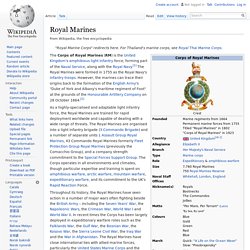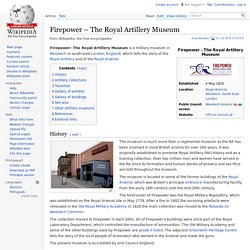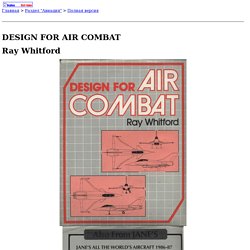

British Aerospace Harrier II. The British Aerospace Harrier II is a second-generation vertical/short takeoff and landing (V/STOL) jet aircraft used previously by the Royal Air Force (RAF) and, between 2006 and 2010, the Royal Navy (RN).

The aircraft was derived from the McDonnell Douglas AV-8B Harrier II, which itself was a development of the Hawker Siddeley Harrier. Initial deliveries of the Harrier II were designated in service as Harrier GR5; subsequently upgraded airframes were redesignated accordingly as GR7 and GR9. Under the Joint Force Harrier organisation, both the RAF and RN operated the Harrier II, including routine operational deployments on board the navy's Invincible class aircraft carriers. The Harrier II participated in numerous conflicts, making significant contributions in combat theatres such as Kosovo, Iraq, and Afghanistan. Design and development[edit] Origins[edit] Description and role[edit] RAF Harrier GR9 in flight, 2010 Further developments[edit] Operational history[edit] Royal Marines. As a highly-specialised and adaptable light infantry force, the Royal Marines are trained for rapid deployment worldwide and capable of dealing with a wide range of threats.

The Royal Marines are organised into a light infantry brigade (3 Commando Brigade) and a number of separate units 1 Assault Group Royal Marines, 43 Commando Royal Marines formerly Fleet Protection Group Royal Marines (previously the Comacchio Group), and a company strength commitment to the Special Forces Support Group. The Corps operates in all environments and climates, though particular expertise and training is spent on amphibious warfare, arctic warfare, mountain warfare, expeditionary warfare, and its commitment to the UK's Rapid Reaction Force. History[edit] Early British Empire[edit] Major General John Tupper His Majesty's Marine Forces.
In 1802, largely at the instigation of Admiral the Earl St. Royal Marines parade in the streets of Chania in spring 1897, following British occupation. Firepower – The Royal Artillery Museum. Coordinates: Firepower: The Royal Artillery Museum is a military museum in Woolwich in south-east London, England, which tells the story of the Royal Artillery and of the Royal Arsenal.

History[edit] The museum is much more than a regimental museum as the RA has been involved in most British actions for over 200 years. It was originally established to preserve Royal Artillery (RA) history and as a training collection. Over two million men and women have served in the RA since its formation and human stories of bravery and sacrifice are told throughout the museum. The museum is located in some of the former buildings of the Royal Arsenal, which was Britain's principal ordnance manufacturing facility from the early 18th century until the mid-20th century.
The collection moved to Firepower in April 2001. The present museum is Accredited by Arts Council England. DESIGN FOR AIR COMBAT. Главная > Раздел "Авиация" > Полная версия Ray Whitford Swept wing or delta?

Nose, ventral or wing-root intakes? One fin or two? Swing-wing or fixed geometry? Copyright © Ray Whitford First published in the United Kingdom in 1987 by Jane's Publishing Company Limited 23B City Road, London EClV 2PU Distributed in the Philippines and the USA and its dependencies by Jane's Publishing Inc. 115 5th Avenue, New York, NY 10003.
Aircraft makers. Documentation. Images/vidéo. MMRCA. Avions. Blogs. Forum. FPV radiocommandé. Inter Action. The Airstrip - Prime Portal. Des couacs chez les canards. Ewald HUNSINGER - Michaël OFFERLIN Avant propos du claviste: Une précision: L'article suivant est un article de commande pour le numéro "spécial Canards" du Magazine Experimental, à l'époque dirigé par F.

Besse. Il sagissait de présenter le point de vue: "contre" de manière argumentée. Et de fait, on nous reproche souvent ces écrits (le ton est je vous l'accorde volontairement provocateur) mais rarement les faits exposés. La publicité donne de la réalité une image bien particulière ... Burt Rutan passe aux aveux ! La simple analyse chronologique des réalisations de B. De Vilains petits canards 1) Le cahier des charges : Concevoir un avion avec pour simple objectif la non décrochabilité est pour le moins surprenant, d'autant qu'il sacrifie d'emblée les performances à cette caractéristique comme si celle-ci ne pouvait pas s'obtenir sur les avions conventionnels; comme si par ailleurs un avion ne devait avoir qu'une seule propriété. 2) L'aile delta :